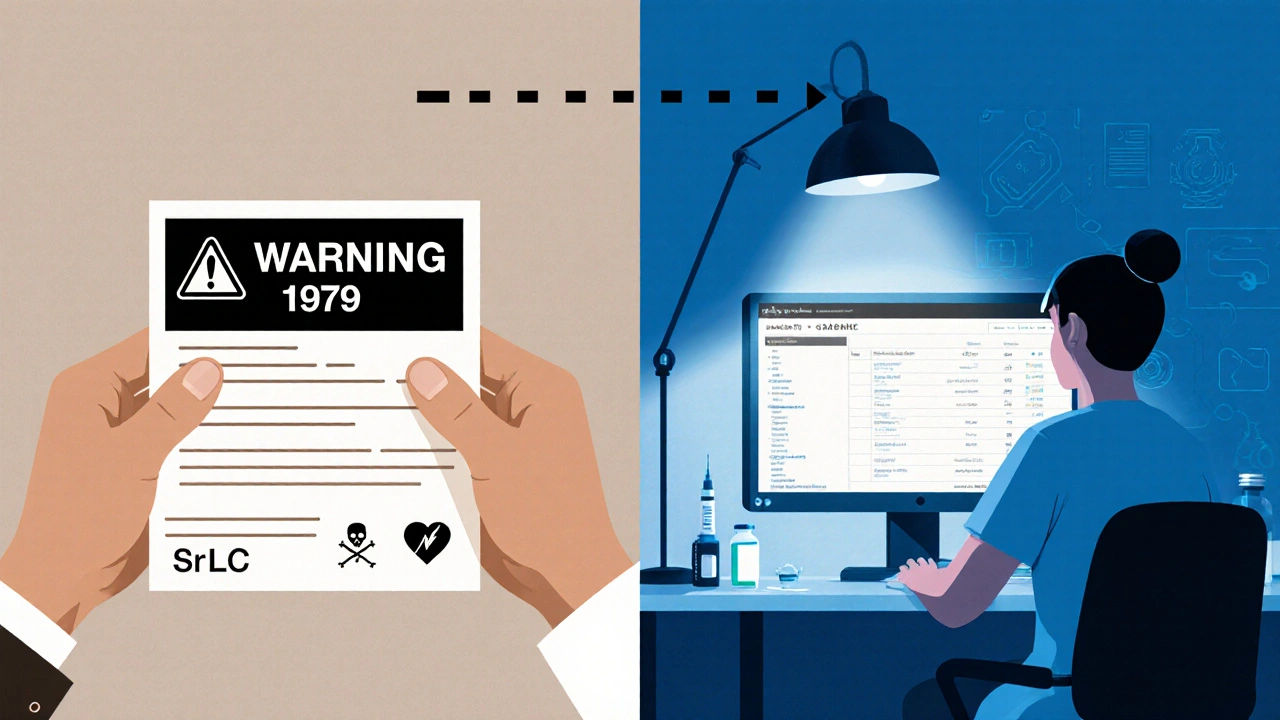
Boxed Warning Tracker
Search for Drug Boxed Warnings
Boxed Warning History
Current Status
First Issued:
Last Updated:
Total Changes:
How This Works
Using the FDA's SrLC database (Safety-Related Labeling Changes), this tool shows historical boxed warning updates. The SrLC database tracks all post-approval label changes since 2016, including boxed warnings.
Click the button below to see how this data is structured for your selected drug.
Boxed Warning Timeline
Sample Data Structure
This is how boxed warning data appears in the SrLC database:
[
{
"drug_name": "Lithium",
"warning_type": "Boxed Warning",
"date_issued": "2021-03-15",
"change_type": "New",
"description": "Added warning about risk of fetal abnormalities"
},
{
"drug_name": "Lithium",
"warning_type": "Boxed Warning",
"date_issued": "2018-08-22",
"change_type": "Major Update",
"description": "Added risk of hypercalcemia and renal impairment"
}
]
Key fields: date_issued (when the change was announced), change_type (New, Major Update, or Minor Update), and description (specific change)
Ever wondered why a drug you’ve been prescribing suddenly carries a new black‑border alert? The answer lies in the ever‑shifting landscape of FDA boxed warnings. This guide walks you through every step of tracking those label updates-from the early MedWatch alerts to the modern SrLC database-so you never miss a crucial safety change.
What a Boxed Warning Really Is
Boxed Warning is the FDA’s most prominent safety alert, presented in a black‑bordered box on a drug’s prescribing information. It flags life‑threatening or serious adverse events such as death, cardiac risk, or addiction. The format was introduced in 1979 and, by regulation (21 CFR 201.57(e)), must use bold, uppercase headings and bullet‑pointed text for maximum visibility.
Why Tracking Boxed Warning Changes Matters
Boxed warnings are not static. They evolve as new safety data emerge, often years after a drug hits the market. Missing an update can mean prescribing a medication that carries an undisclosed risk, potentially leading to patient harm and legal exposure. Studies show that when boxed warnings are paired with patient‑facing Medication Guides, patient understanding jumps from 42% to 78%, yet only a third of pharmacies consistently provide those guides.
The Evolution of Tracking Systems
Before 2016, clinicians had to piece together information from three separate sources:
- MedWatch - the FDA’s official safety communication archive.
- Drugs@FDA - product approval histories and label PDFs.
- Various industry newsletters and pay‑walled databases.
Fragmentation caused a steep learning curve: a 2019 University of Florida study reported pharmacists needed 3-5 hours to become proficient.
In January 2016 the FDA launched the SrLC database (Safety‑Related Labeling Changes). This single platform now captures every post‑marketing label change, including boxed warnings, with searchable fields for drug name, active ingredient, and specific sections (e.g., BOXED WARNING). By December 2023 the SrLC had logged 1,842 safety changes, 147 of which were new boxed warnings.
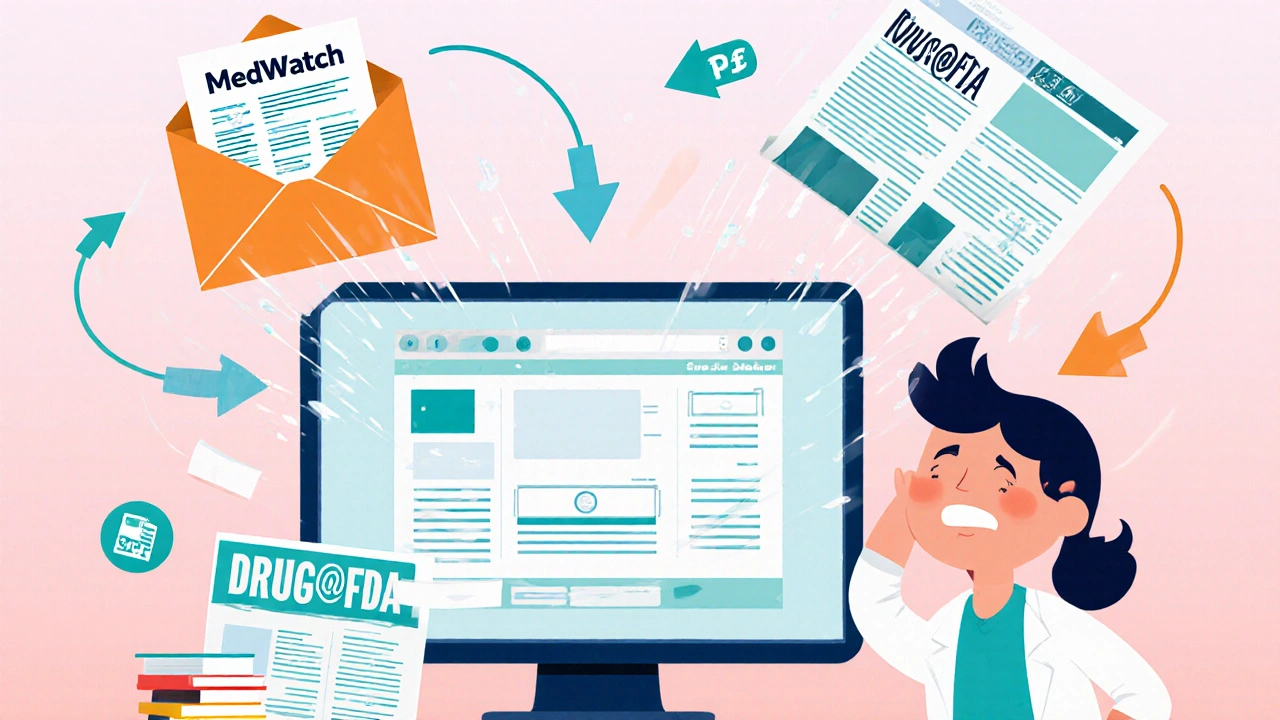
Step‑by‑Step: How to Monitor Boxed Warning Changes
- Set Up a Baseline List - Export the current list of drugs you prescribe from your EHR or pharmacy system.
- Subscribe to FDA Alerts - Register for MedWatch’s email service; it still publishes urgent safety notices not yet entered in SrLC.
- Search the SrLC Database Weekly - Use the “Boxed Warning” filter. Save the results as a CSV for easy comparison.
- Cross‑Check with Drugs@FDA - Verify that the PDF label reflects the SrLC entry; mismatches can indicate delayed implementation.
- Document Changes Internally - Create a simple log (date, drug, warning type, action required). The University of Michigan Health System spends about 12 pharmacist‑hours each month on this task.
- Notify the Care Team - Use your EMR’s alert feature or a pharmacy‑wide messaging system to flag new warnings.
Automation helps: 78% of hospital pharmacies now use automated alerts, though 41% complain about false positives. Fine‑tuning the alert criteria-by limiting to “new” or “major” updates-reduces noise.
Comparing Pre‑2016 and Post‑2016 Tracking Methods
| Aspect | Pre‑2016 (MedWatch & Drugs@FDA) | Post‑2016 (SrLC Database) |
|---|---|---|
| Source Consolidation | Three separate platforms | Single searchable portal |
| Update Frequency | Variable, often delayed | Within 180 days of FDA notification |
| Data Export | Manual PDF extraction | CSV/JSON download option |
| User Learning Curve | 3-5 hours per pharmacist | ≈1 hour for basic queries |
| Coverage | Mixed-some early warnings missing | All safety label changes since 2016 |
Trends in Boxed Warning Issuance
Data from Solotke’s 2017 analysis of 2008‑2015 warnings show a steady mix of new and updated alerts:
- 111 total boxed warnings issued.
- 29% were completely new warnings.
- 32% were major updates (often adding death or cardiovascular risk language).
- 40% were minor tweaks (e.g., clarification of monitoring parameters).
Since the SrLC went live, the pace has accelerated. Evaluate Pharma projects a 15% annual increase in boxed warning issuances through 2028, driven by more robust pharmacovigilance and faster data pipelines.

Practical Tips for Clinicians
- Prioritize High‑Risk Therapeutic Areas - Antipsychotics (87% carry a boxed warning), anticoagulants (78%), and diabetes drugs (63%) are hot spots.
- Leverage Medication Guides - Provide patients with the FDA‑issued guide whenever a boxed warning is present; it dramatically lifts risk awareness.
- Document Decision Rationale - If you choose to continue a drug despite a new warning, note the clinical justification in the patient record.
- Engage Pharmacy Automation - Configure your system to flag only “new” or “major” boxed warnings to avoid alert fatigue.
- Stay Informed on Future Formats - The FDA’s 2023 Strategic Plan aims to modernize the visual design of boxed warnings by 2026; pilot studies suggest clearer graphics improve clinician recall by 22%.
Looking Ahead: The Future of Boxed Warning Tracking
The FDA is betting on data‑driven surveillance. The Sentinel Initiative, funded at $150 million, now detects safety signals 2.3 years faster than traditional methods. By 2025 the partnership with the Observational Health Data Sciences and Informatics (OHDSI) consortium is expected to cut the median time from risk identification to warning issuance from 11 years to under five.
Other innovations on the horizon include:
- Real‑time API feeds from the SrLC database, allowing EHRs to auto‑populate warning alerts.
- Tiered warning icons (e.g., red triangle for theoretical risk, black box for proven harm) to reduce over‑cautious prescribing.
- Patient‑focused mobile apps that push warning updates directly to smartphones, improving adherence to monitoring recommendations.
While the system isn’t perfect-critics still argue many warnings arrive after thousands are harmed-the trend points toward faster, clearer, and more integrated communication.
Quick Checklist for Busy Professionals
- Subscribe to MedWatch email alerts.
- Log into the SrLC database weekly and filter for “Boxed Warning”.
- Cross‑verify each new entry with the latest Drugs@FDA label PDF.
- Update your internal drug safety log and notify the care team.
- Provide Medication Guides to patients whenever a boxed warning applies.
How often does the FDA add new boxed warnings?
Since the SrLC database launch in 2016, the FDA has added an average of 12-15 new boxed warnings per year. The rate is expected to rise to about 20 per year by 2028 as pharmacovigilance tools improve.
Can I automate boxed‑warning alerts in my pharmacy system?
Yes. Most major pharmacy software platforms support API integration with the SrLC database or can ingest its CSV feeds. Set the filter to “new” or “major” boxed warning changes to keep alerts relevant.
What’s the difference between a boxed warning and a medication guide?
A boxed warning is the FDA’s boldest label warning for a drug, placed in a black‑bordered box on the prescribing information. A Medication Guide is a patient‑focused handout that explains the key risks highlighted in the boxed warning.
Where can I find historical boxed‑warning data before 2016?
Use the FDA’s MedWatch archives and the Drugs@FDA label repository. Both contain PDFs and notice archives dating back to the 1970s.
How does the Sentinel Initiative speed up warning issuance?
Sentinel analyzes real‑world data from millions of patients in near‑real time, spotting safety signals about 2.3 years faster than traditional post‑marketing studies, which helps the FDA act more quickly on emerging risks.

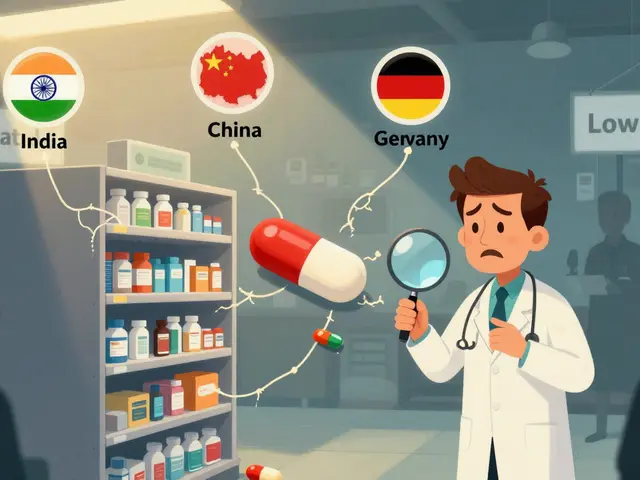
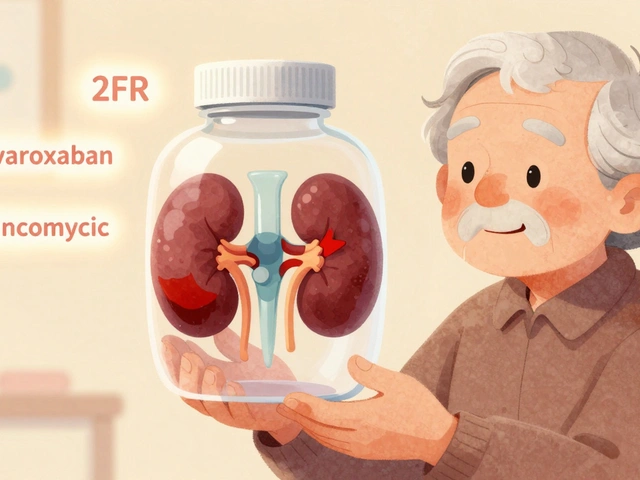
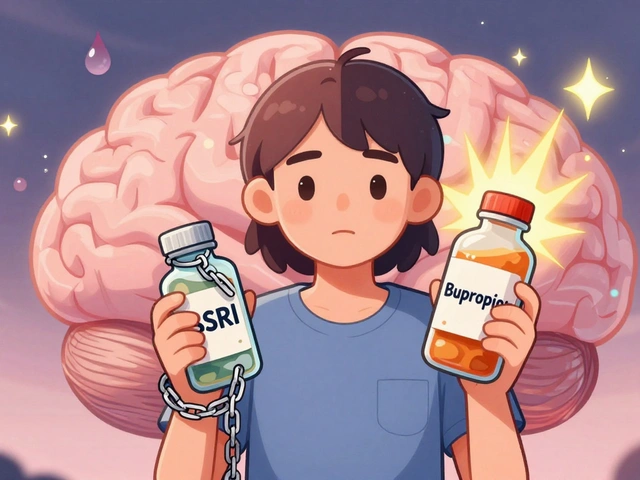
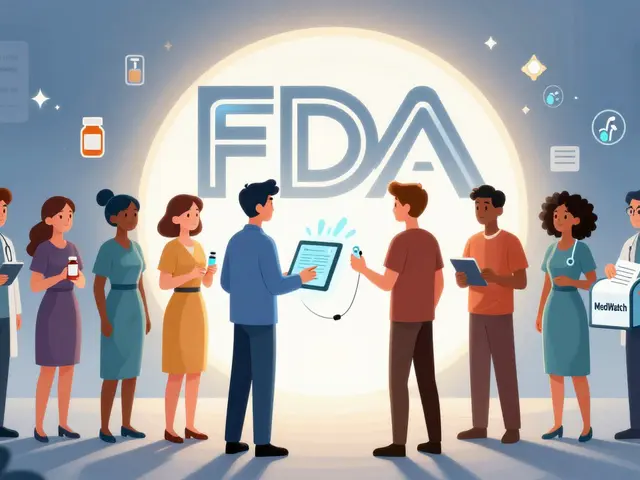

8 Comments
Oh, because we all have endless free time to manually scrape the SrLC database every Thursday, right? The guide already reads like a PhD dissertation on regulatory minutiae, so kudos for the effort – if anyone actually wants to read it.
Great summary; the weekly SrLC check is a practical habit.
Utilizing API endpoints for real‑time SrLC feed integration streamlines pharmacovigilance workflows dramatically albeit requires robust middleware architecture to parse JSON payloads efficiently
For anyone setting this up, start by exporting your drug list as CSV, then schedule a weekly query on the SrLC portal using the “Boxed Warning” filter. Save the results, compare them against your current label PDFs, and flag any mismatches in your EMR. This two‑step verification catches delayed updates and keeps your team compliant.
Honestly, the best part of this whole process is that you can actually breathe a sigh of relief, once you’ve set up those automated alerts, because nobody wants to waste precious clinic time hunting down missing warnings, right?
The guide is thorough, but remember that not every alert will be clinically relevant to your practice. Focus on high‑risk therapeutic areas first – antipsychotics, anticoagulants, diabetes agents. Then expand as you get comfortable.
Love the checklist vibe – it’s like a safety superhero cape for pharmacists!
Subscribe to MedWatch, run the SrLC filter weekly, and cross‑check PDFs – that’s the core loop.